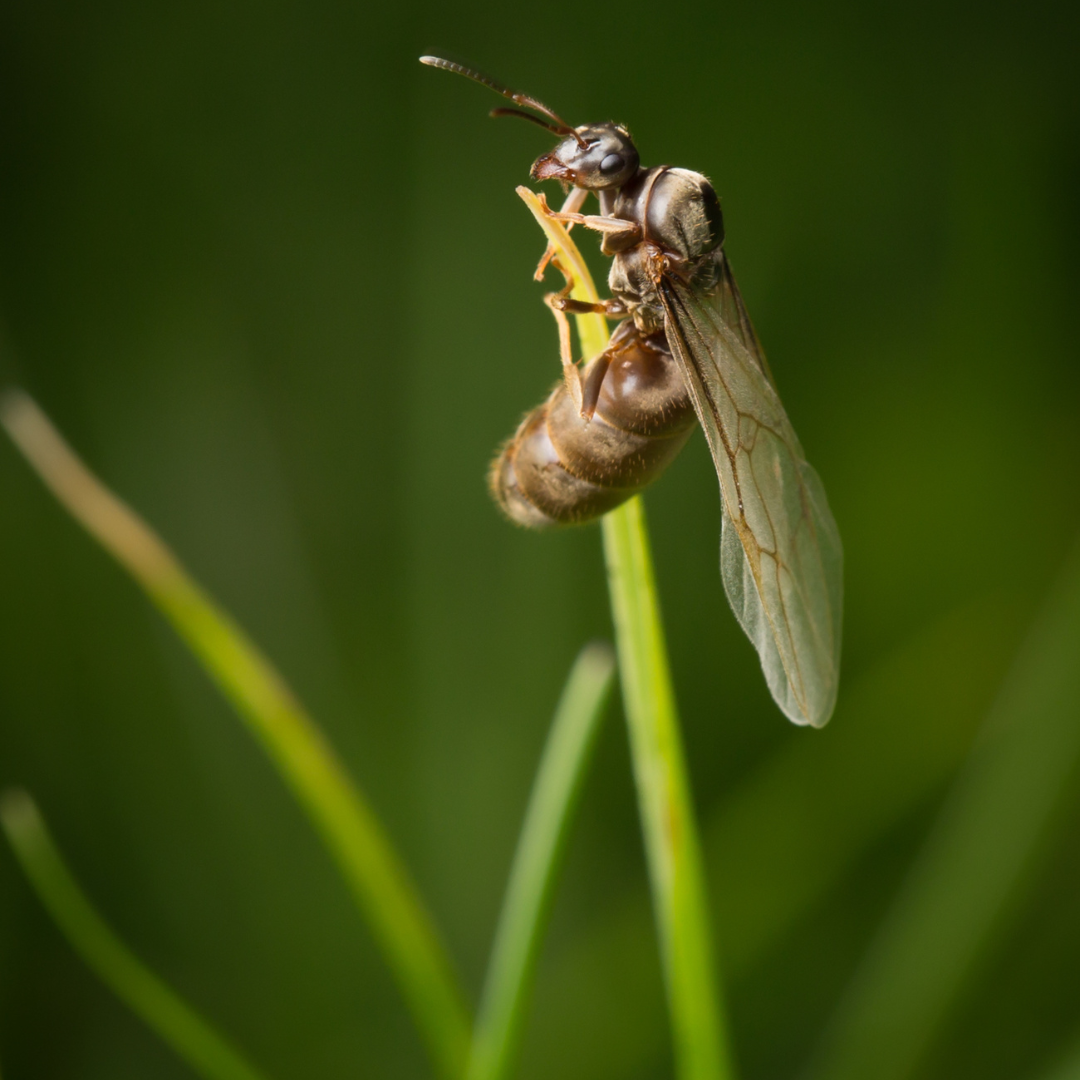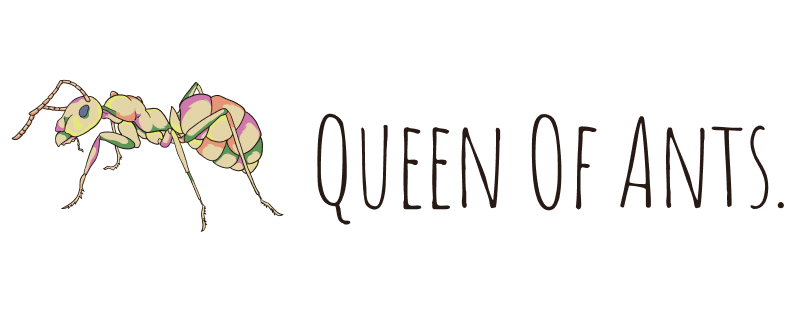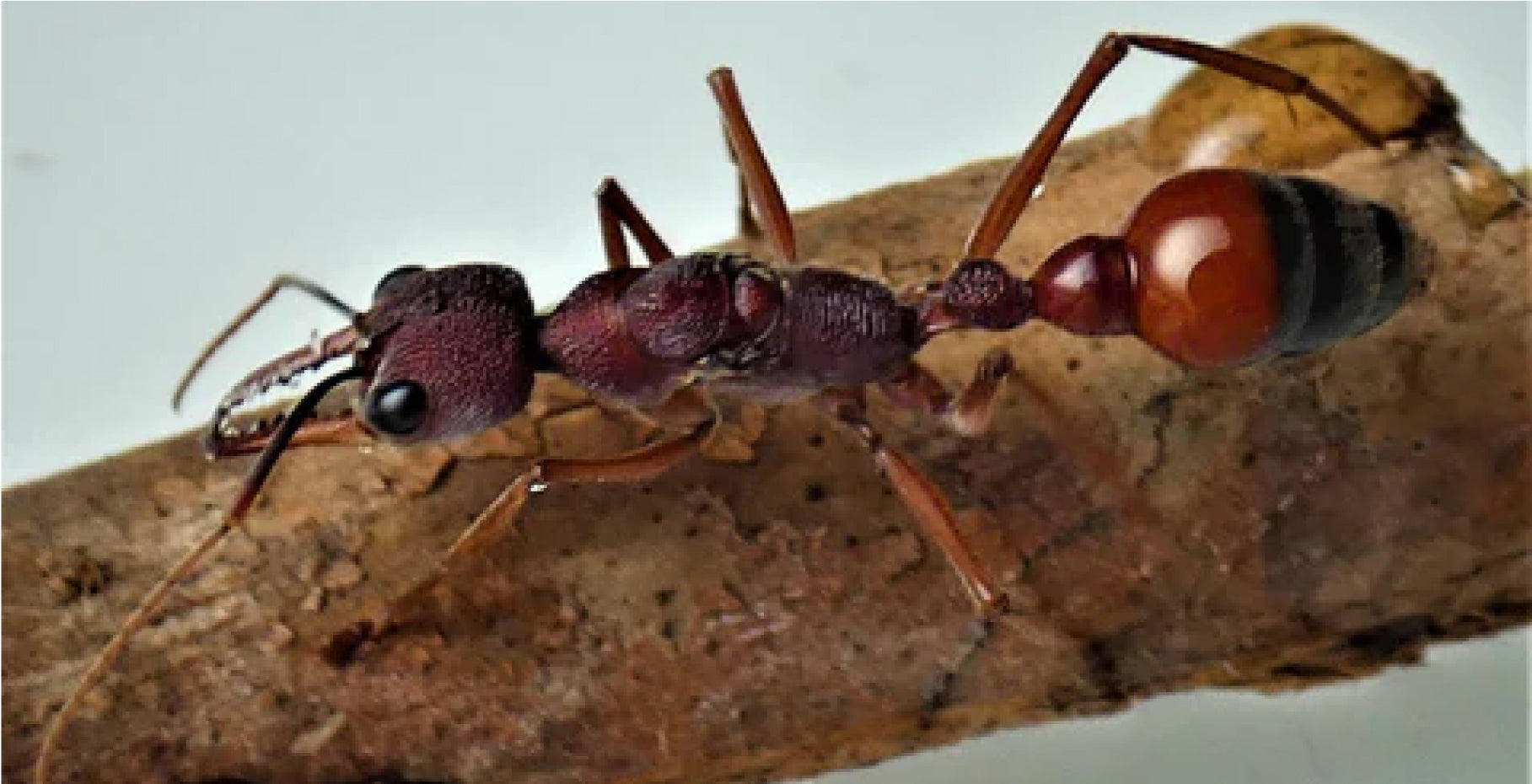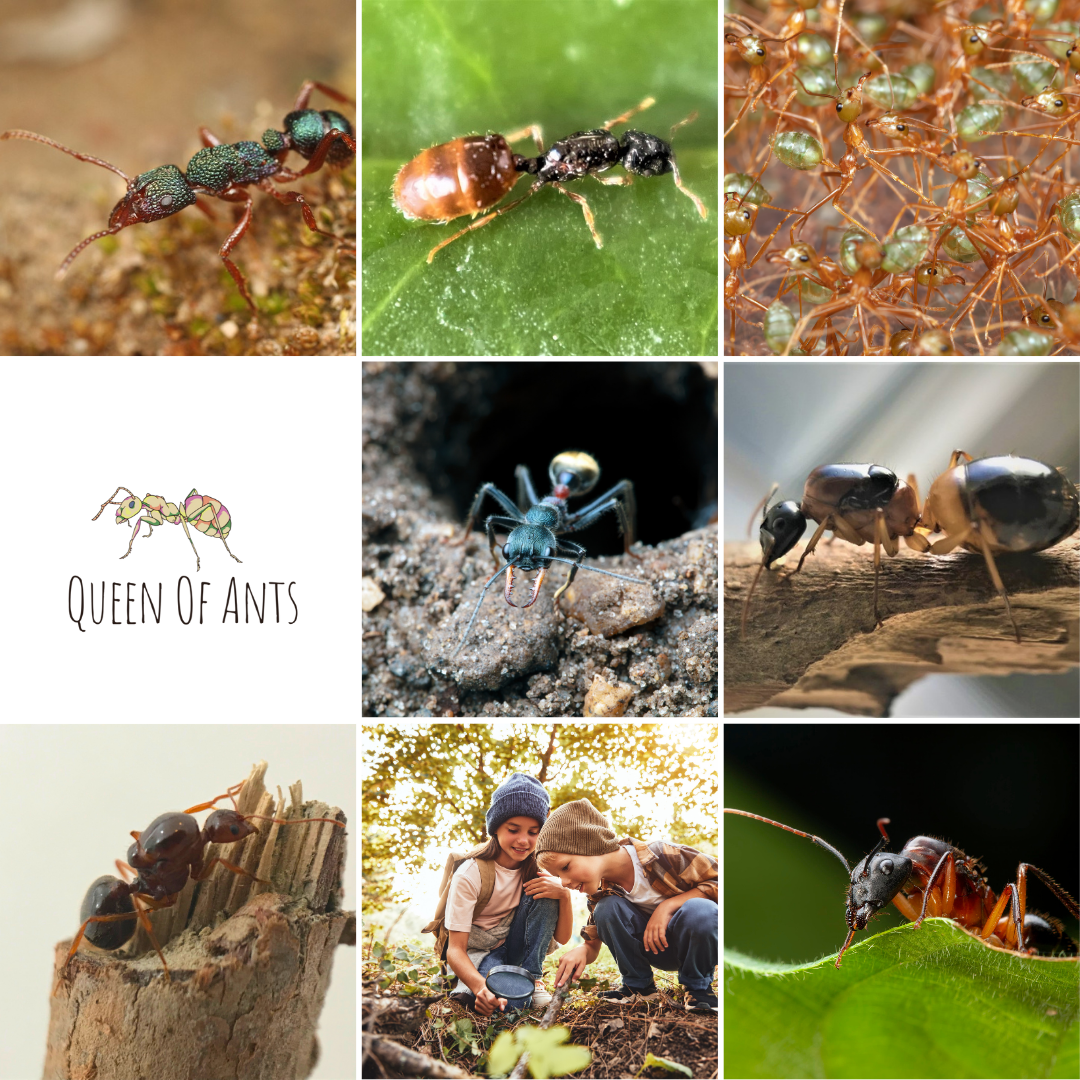Exploring the Fascinating World of Ant Reproduction and Nuptial Flights in Australia

Ants are not only remarkable for their social structures and colony behaviours but also for their intricate methods of reproduction.
In Australia, we have a hugely diverse range of ant species thriving across various ecosystems. Understanding how ants reproduce and their nuptial flights provides a glimpse into their fascinating life cycle.
The Lifecycle of Ants:
Ants, like many insects, undergo complete metamorphosis, which includes four stages: egg, larva, pupa, and adult. However, it's the process of reproduction and the founding of new colonies that truly captures the imagination.
1. Reproduction and Nuptial Flights:
Queen and Male Ants: Reproduction in ants centres around the queen, who is responsible for laying eggs. Queens are typically larger than worker ants and have wings during a phase of their life cycle when they are known as alates. Male ants, known as drones, also develop wings for the purpose of mating.
Nuptial Flights: Nuptial flights, or mating flights, are crucial events in the reproductive cycle of ants. These flights are synchronized events where virgin queens and male ants take to the air to mate. The timing and occurrence of nuptial flights are influenced by environmental factors such as temperature, humidity, and often coincide with specific times of the year.
2. Times of Year for Nuptial Flights in Australia:
In Australia, due to our vast geographical range and diverse climates, the timing of nuptial flights can vary significantly between species and regions. However, there are general patterns observed across the continent:
Spring and Summer: For many ant species in Australia, nuptial flights typically occur during the warmer months, from early spring through summer. This period provides favourable conditions for mating and establishing new colonies. The exact timing within this period can vary depending on local climate conditions and species-specific behaviours. Typically smaller species of ants such as Iridomyrmex and Aphaenogastor fly earlier in the season (around Sep-Oct), and larger species such as Myrmecia, later (around Mar-Apr).
Rainfall and Humidity: In some regions, nuptial flights may coincide with the onset of rains after a dry period. Increased humidity and suitable temperatures are essential for successful mating and the dispersal of newly mated queens to start their own colonies.
3. Establishing New Colonies:
After mating during nuptial flights, the fertilized queens shed their wings and search for suitable nesting sites to establish new colonies. This process can involve burrowing into soil, finding protective crevices, or utilizing existing cavities. This is typically the end of the male drones lifecycle.
Ecological Significance:
Ants play critical roles in ecosystems, from seed dispersal and nutrient cycling to acting as prey for various predators. The timing of nuptial flights and subsequent colony establishment can influence population dynamics and ecosystem health.
Ant reproduction and nuptial flights in Australia are a testament to the adaptability and resilience of these tiny yet significant creatures. From synchronized flights under specific climatic conditions to the establishment of new colonies, each step in their lifecycle contributes to the diversity and vitality of Australia's ecosystems. As we continue to explore and understand these processes, we gain deeper insights into the intricate web of life that surrounds us.
Next time you see ants busily at work, remember the remarkable journey that brought them there, starting with their nuptial flights and the promise of new beginnings.




